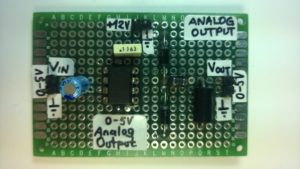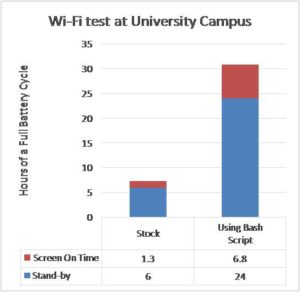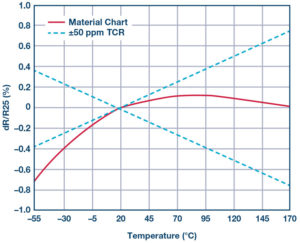
This column covers a project involving thirteen analogue input modules and seven analogue output modules for a 5V microcontroller’s ADC/DAC channels.

The development of neural network algorithms has gathered significant pace these days, as they become widely implemented in a variety of real-time image- and pattern-recognition applications.

Tunnel diodes were extensively used in 70s amplifiers, high-speed pulse circuits and oscillators. In later years, the tunnel diode could no longer compete with other devices, such as bipolar junction transistors that offered better speed and low power.

The market landscape for transparent conductive films (TCF) and materials (TCM) has not shifted dramatically for some years. It is heavily reliant upon select markets such as flat consumer small-to-medium-sized touchscreens, with lack of new applications.

To design and simulate any piece of electronic equipment, first you must understand the environment in which it will operate. For IT equipment, particularly servers, this is inside a datacentre, which people assume are carefully-controlled, homogenous environments.

Optimising an operating system consist of re-writing or modifying the main source code, whilst taking into consideration each system’s unique set of parameters. With Android, using the source code is not entirely possible in most cases, since many companies that provide Android devices keep their systems closed. Still, most of these systems are built using the main source code.

Current-sense resistors are readily found in motor control system design to benefit from new digital isolation technologies. These technologies offer higher reliability, based on the component-level standard IEC 60747-17, which specifies the performance, test and certification requirements for capacitive and magnetically-coupled isolators.

In the past, due to technical constraints, the only way to change the voltage level was by using multiple resistors to divide it. However, this method is inefficient for two main reasons: one, it only reduces the voltage but does not increase it; and two, much of the energy dissipates in resistance during the change.

Q: Tell us more about transparent displays A: Interestingly, despite their name, transparent displays don’t go clear when they are powered off;they are dark – somewhat transparent. For them to become transparent, they need a voltage across the display, …

The IR sensor is a crucial component in many products, ranging from medical equipment to mobile phones. However, the technology is 50 years old and in serious need of an upgrade. The next-generation IR sensor 2.0 for IoT will be much thinner than the old sensors, and cheaper to make.
Get the latest news and articles sent straight to your inbox – completely free

